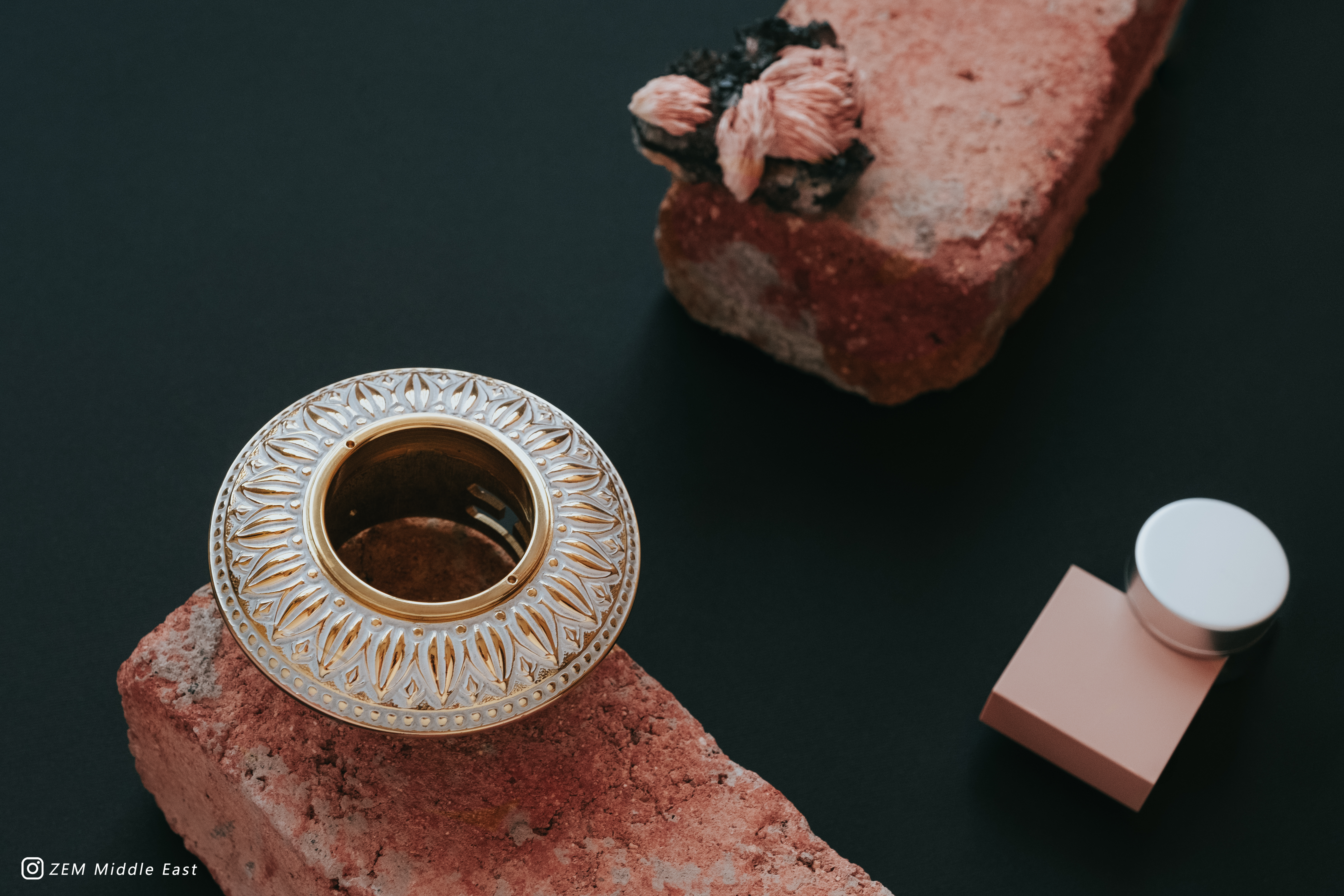Some features of downlights that everyone should know
downlights create rich contrasts and make spaces attractive with a clean and bright environment.
How do downlights emit artificial light? Where should downlights be used? Where does downlights fit in the lighting industry?
We at ZEM Group website want to answer these questions and discuss the pros and cons of downlights technology.
What is a halogen lamp?
The downlights is very similar to the incandescent lamp that is installed in almost every residential building. This lamp consists of a lamp, a tungsten filament, electrodes and a group of contacts.
downlights are also known as quartz halogen lamps and tungsten halogen lamps. These lamps are an advanced form of incandescent lamps. Just like incandescent bulbs, an electric current enters the socket and goes to the tungsten filament, heating the filament.
downlights have tungsten filaments placed in a quartz capsule and filled with iodine and bromine gases.
The filament is made of flexible tungsten and is contained in a gas-filled bulb just like a standard tungsten bulb, however the gas in a downlights is at a higher pressure. The glass bulb is made of high silica or aluminosilicate glass and fused quartz. This bulb is stronger than standard glass to withstand high pressure.
Due to its compact size and high lumen output, this lamp has been an industry standard for work lights and film/TV lighting.
downlights will gradually be replaced by white LED array lamps, fluorescent lamps and miniature HID lamps.
Features of downlights
A constant current that is maintained almost throughout the life of the lamp. Long life: Lasts 2.5 times longer than a typical incandescent bulb. Bright white light with natural color reproduction. Excellent light efficiency (lighter, less energy). Compact size.
How does a halogen lamp work?
A downlights has the same tungsten filament as a standard incandescent bulb, however the bulb is much smaller for the same wattage and contains halogen gas in the bulb. downlights is important because it stops blackening and slows the thinning of the tungsten filament. This extends the life of the bulb and allows the tungsten to safely reach higher temperatures (thus producing more light). The lamp must be able to withstand higher temperatures, so fused quartz is often used instead of the usual silica glass.
Where do you use downlights ?
Most people use downlights in their homes. The downlights quality of the light and the color temperature perfectly accentuate the beautiful rustic decor in her home. And despite all the LED buzz, many lighting professionals and designers recommend halogen lamps for residential or decorative purposes.
JWELERY
Many jewelry stores use downlights mirror reflectors to highlight gold jewelry. The way the light bounces off the mirror reflector and onto the jewelry gives it a warm, rich and classy tone.
Retail stores
Some retail stores still use PAR downlights in their track lighting. Typically, you’ll see these used in retail stores that have a “fuzzy” and warm vibe they’re trying to achieve.
Specialized programs
You’ll also find downlights used to heat food or in portable projectors. Due to the small size of quartz, downlights can be very useful in these niche applications.
Advantages and disadvantages of halogen
Here are some pros and cons of halogen lighting:
Light quality
Again, just as incandescent are the gold standard of light quality (compared to other artificial light sources), halogens are held to the same standard because they are still part of the incandescent family.
Compact size
Because quartz is so small, you can use halogen lamps in some unique applications – inside tools, appliances and, as I mentioned earlier, projectors.
Ability to dim
If you own a restaurant and have a few halogen PARs in your recessed cans for public lighting, you’re in good shape if you want to dim them. Wherever you want to dim your lights, halogens are a great option.
Low costs
With the phasing out of many traditional large-scale incandescent products, halogen has become a low-cost lighting option.
Disadvantages of halogen
Inefficient use of energy
Although halogens are more efficient than traditional incandescent bulbs, compared to today’s artificial light, halogens are very inefficient when it comes to their lumen-to-watt ratio.
Hidden components
Because tungsten is encased in a halogen bulb with quartz, the old, traditional feel of an incandescent bulb is lost.
Limitations
If your space is modern and stylish, you may want to highlight it with a higher Kelvin temperature that emits a cool, clean light.
Halogens are limited in their ability to meet specific application requirements.
Component decomposition
Halogens are sensitive to the oils in the skin, which can ultimately damage the life of the product.

Leave a Reply